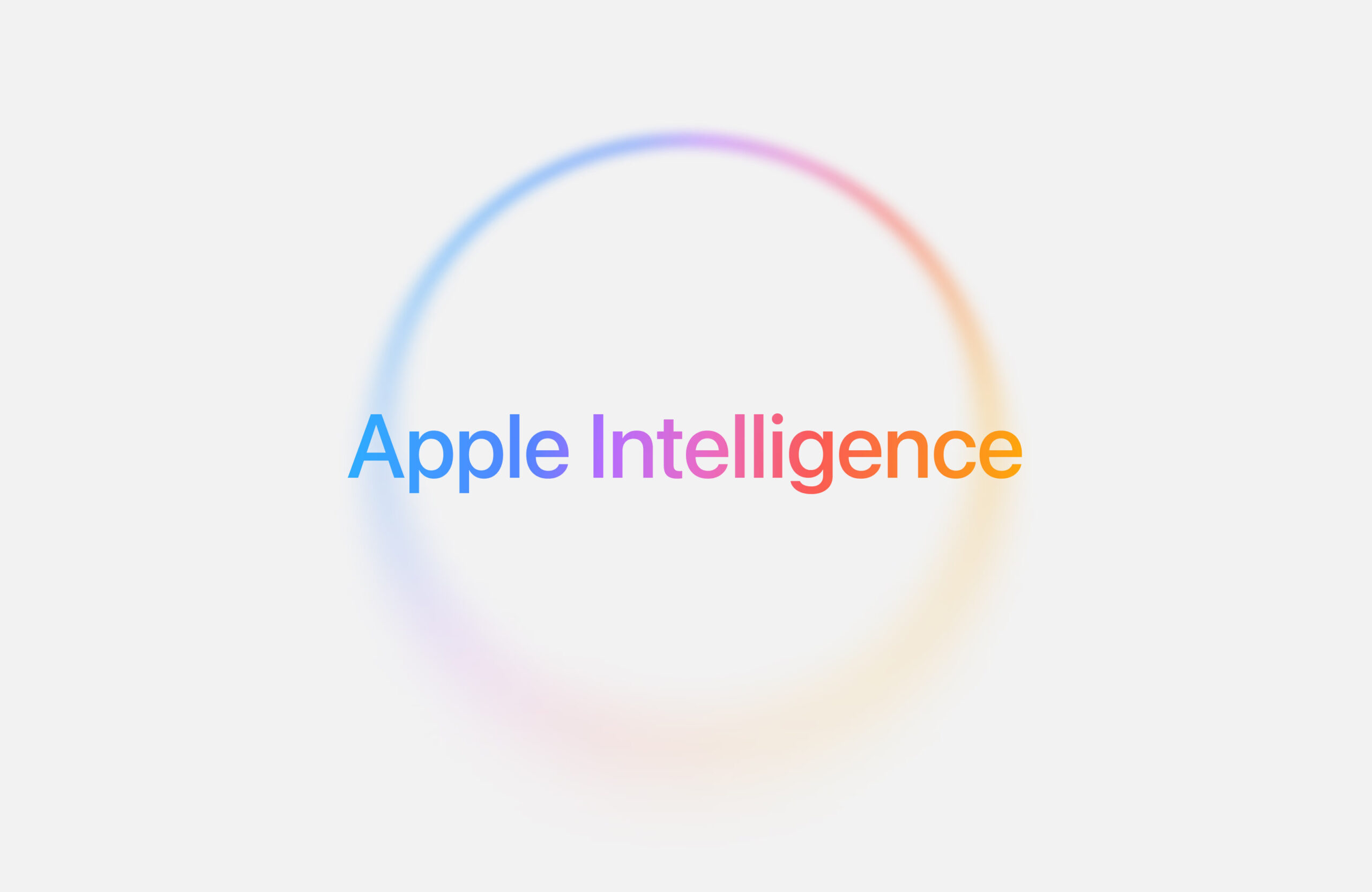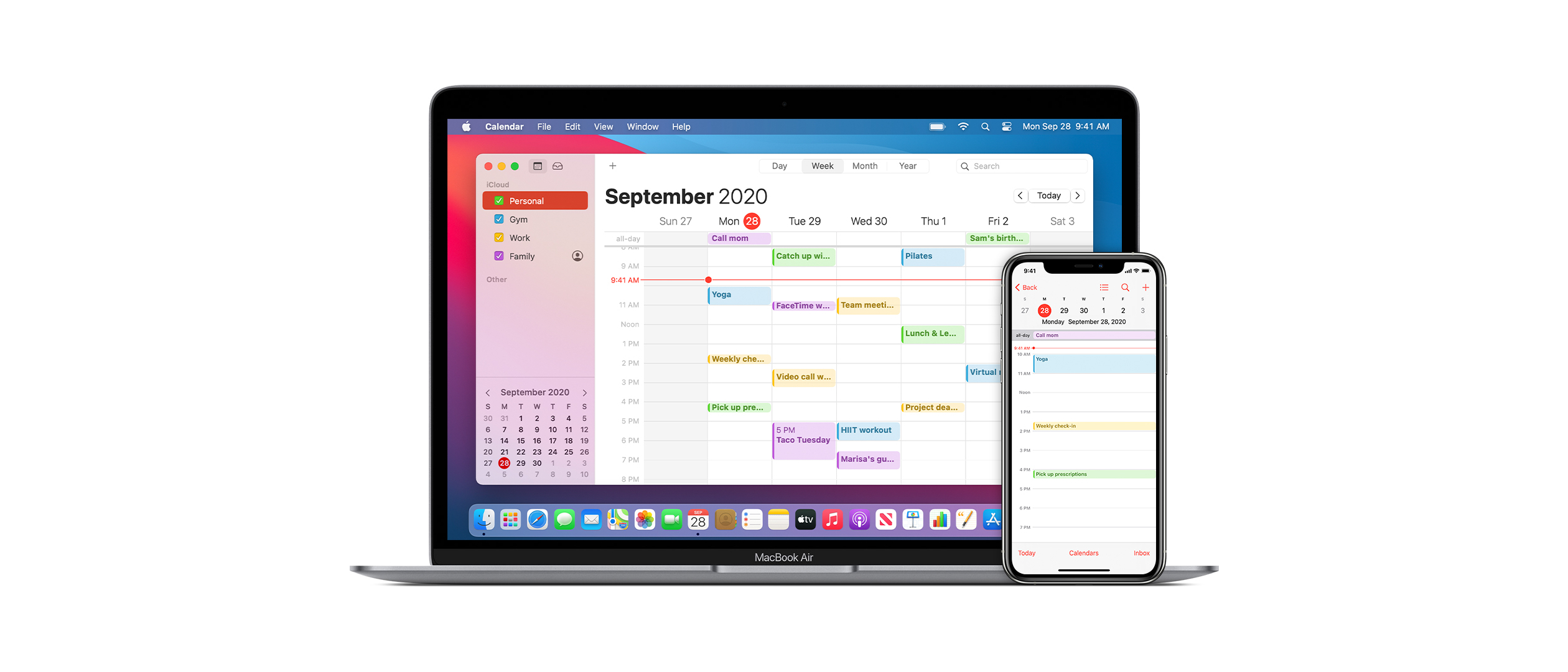The world of wearable tech and smartphones is constantly evolving, with Apple at the forefront of innovation. Recent developments point towards expanded health features for the Apple Watch and a potential major design shift for the iPhone. Let’s delve into these exciting updates.
Apple Watch Tackles Sleep Apnea on a Global Scale
The Apple Watch is becoming more than just a timepiece; it’s evolving into a powerful health monitoring tool. Apple has been diligently working to expand the availability of its sleep apnea detection feature, recently securing approval for its launch in Malaysia, as reported by local sources. This follows closely on the heels of its release in Brazil, demonstrating Apple’s commitment to a global rollout. This feature has already reached over 150 countries and territories as of last September.
Sleep apnea, a condition characterized by repeated interruptions in breathing during sleep, can have serious health implications if left untreated. The Apple Watch, specifically the Series 9, Series 10, and Ultra 2 models running watchOS 11, utilizes its built-in accelerometer to detect subtle movements during sleep. These movements, indicative of potential breathing disturbances, are then analyzed by sophisticated algorithms. If consistent patterns suggesting moderate to severe sleep apnea are detected, the user receives a notification.
Apple emphasizes the rigorous development process behind this feature, highlighting the use of advanced machine learning techniques and a vast dataset of clinical-grade sleep apnea tests. The feature underwent validation through a clinical study, further solidifying its reliability. It’s important to note that this feature is intended for adults without a prior diagnosis of sleep apnea and should not be considered a replacement for professional medical assessment.
The Health app on the iPhone provides a detailed log of nightly breathing disturbances, classifying each instance as either “elevated” or “not elevated,” allowing users to track potential trends and share the information with their healthcare providers. This data-driven approach empowers users to take a proactive role in monitoring their sleep health.
The Future of iPhone Design: Under-Screen Face ID on the Horizon
Beyond the realm of wearables, significant changes are anticipated for the iPhone’s design. The long-awaited arrival of under-screen Face ID is generating considerable buzz. Industry analysts have been closely tracking developments in this area, providing valuable insights into Apple’s plans.
Initially, projections suggested that iPhone 17 Pro models would be the first to adopt under-display Face ID. However, recent information indicates a potential delay, pushing the anticipated release to 2026. This means we could see this groundbreaking technology debut on the iPhone 18 Pro and iPhone 18 Pro Max.
Even with under-screen Face ID, the iPhone 18 Pro models are expected to retain a small pinhole for the front-facing camera, similar to current Android devices from manufacturers like Google and Samsung. This approach allows for a near bezel-less display while still accommodating essential camera functionality. The fate of the Dynamic Island, the interactive area that currently houses the Face ID sensors on newer iPhones, remains uncertain. It’s unclear whether this feature will be retained, adapted, or phased out entirely with the introduction of under-screen Face ID.
Looking further ahead, analysts speculate that Apple’s ultimate goal is to achieve a truly uninterrupted, all-screen design, incorporating both Face ID and the front camera beneath the display. This would represent a major leap forward in smartphone aesthetics and user experience.
These developments in both the Apple Watch and iPhone ecosystems illustrate Apple’s ongoing commitment to innovation. From enhancing health monitoring capabilities to reimagining smartphone design, Apple continues to push the boundaries of technology, shaping the future of personal devices. The integration of advanced technologies like machine learning and the pursuit of seamless designs point towards a future where technology seamlessly integrates into our lives, enhancing our well-being and simplifying our interactions with the digital world.






